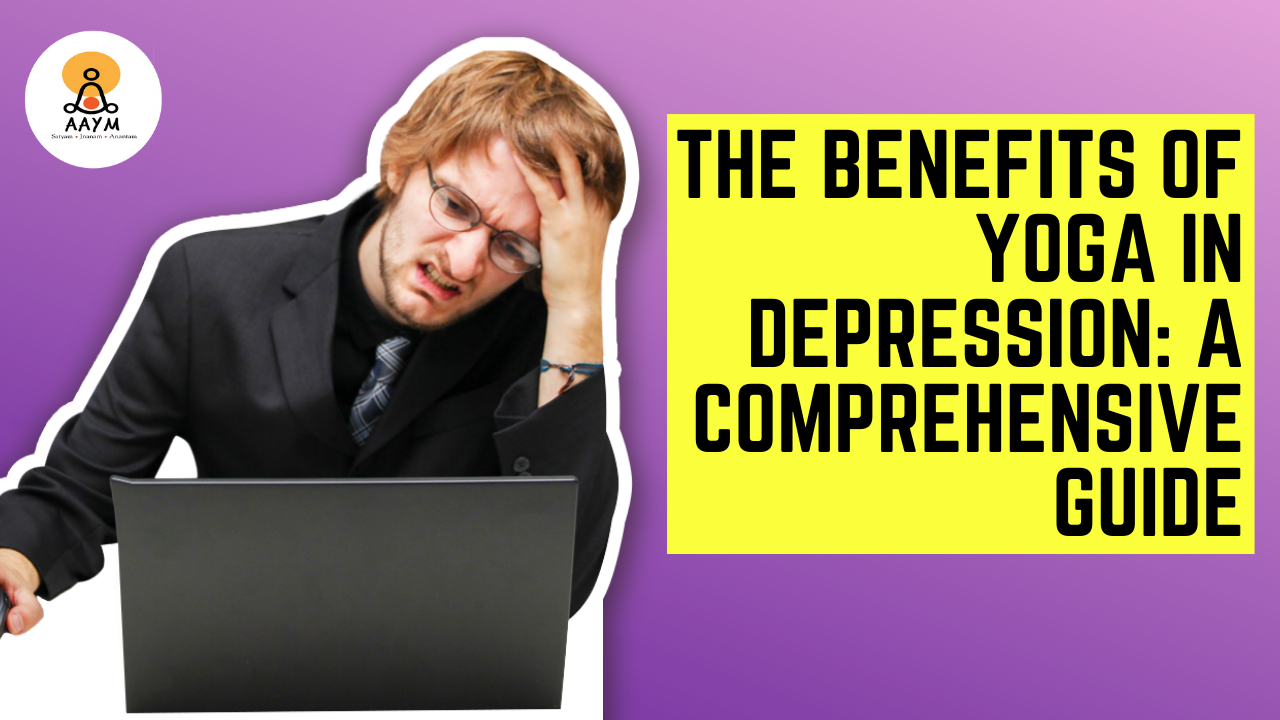Introduction: The Sleep Crisis and Yoga’s Solution
In today’s technologically-driven society, where distractions are just a click away, ADHD (Attention Deficit Hyperactivity Disorder) has emerged as a significant concern, especially among the younger generation. While the medical community has made strides in diagnosing and treating ADHD, the most common approach remains pharmacological. These medications, though beneficial for many, can sometimes lead to undesirable side effects. In this context, yoga, an age-old practice that emphasizes the union of mind and body, presents itself as a holistic alternative. Rooted in ancient Indian traditions, yoga offers techniques that can help children with ADHD find their center in a chaotic world. This blog aims to shed light on how incorporating yoga into the daily lives of children with ADHD can pave the way for enhanced focus, reduced impulsivity, and a sense of inner peace.
Understanding ADHD: Beyond the Hyperactivity
ADHD is a complex neurodevelopmental disorder that goes beyond the stereotypical image of a hyperactive child. It’s a spectrum that includes a range of behaviors and challenges. Some children with ADHD may daydream excessively, making it hard for them to follow instructions, while others might struggle with impulse control, often acting without considering the consequences. These behaviors are not indicative of a child’s intelligence or potential but are manifestations of a brain that processes information differently. It’s crucial to recognize that children with ADHD aren’t just “misbehaving” or being “difficult.” They are navigating a world that often doesn’t align with their unique way of processing stimuli.
Why Yoga? The Mind-Body Connection
At its core, yoga is more than just a series of postures; it’s a philosophy that emphasizes balance, mindfulness, and the interconnectedness of mind and body. For children grappling with ADHD, this balance can often be skewed, making the grounding principles of yoga especially beneficial. The controlled breathing exercises in yoga, known as pranayama, can teach children to regulate their breath, leading to better emotional regulation. The physical postures, or asanas, can help channel their excess energy in a productive manner, improving their physical health and flexibility. Moreover, the meditative aspects of yoga can offer children tools to center themselves, reducing feelings of anxiety or overwhelm. A systematic review in the Journal of Child and Family Studies underscores this, suggesting that interventions like yoga can be particularly effective for youth with ADHD, providing them with strategies to cope in a fast-paced world.
By integrating yoga into their routines, children with ADHD can harness its myriad benefits, fostering a sense of equilibrium and well-being.
Yoga Poses Tailored for Children with ADHD
Yoga, a practice that harmonizes the mind, body, and spirit, offers a range of poses that cater specifically to the needs of children with ADHD. As highlighted by the International Journal of Yoga Therapy, yoga can be a potent intervention for children grappling with attention challenges.
Restorative Poses:
Supported Child’s Pose: This pose encourages introspection and relaxation. By allowing children to curl up and turn their focus inward, it provides a safe space for them to disconnect from external stimuli and connect with their inner selves.
Legs-Up-The-Wall Pose: Another restorative pose, this helps in calming the nervous system, reducing anxiety, and promoting relaxation, making it particularly beneficial for hyperactive children.
Calming Poses:
Forward Bend: This pose helps in stretching the back muscles, calming the mind, and promoting introspection. The act of bending forward can also symbolize letting go of stress and anxiety.
Reclining Bound Angle Pose: By opening up the chest and promoting deep breathing, this pose can help children release pent-up energy and find a sense of calm.
Breathing Techniques: Breathing exercises form the backbone of yoga. For children with ADHD, these techniques can be particularly beneficial.
Alternate Nostril Breathing: This technique promotes balance and harmony. By channeling the breath through alternate nostrils, it helps in calming the mind, improving focus, and reducing anxiety.
The Science Behind Yoga and ADHD
The therapeutic potential of yoga for ADHD is not just based on ancient wisdom; it’s supported by modern science. Research from the Journal of Attention Disorders and Alternative Therapies in Health and Medicine underscores the benefits of yoga as a complementary treatment. These studies highlight that consistent yoga practice can lead to improvements in attention span, a reduction in hyperactive behaviors, and better impulse control.
Real-Life Testimonials: Transformative Effects of Yoga on ADHD
Scientific studies provide a foundation, but the real testament to yoga’s efficacy comes from real-world experiences. The American Academy for Yoga in Medicine (AAYM) is a repository of such transformative stories. Their extensive resources, from in-depth webinars to insightful blogs, offer glimpses into the lives of children and parents who have embraced yoga as a means to manage ADHD symptoms. These narratives not only inspire but also provide practical insights into how yoga can be integrated into daily routines.
Conclusion: Embracing Yoga for Lifelong Wellness
In a world where ADHD diagnoses are on the rise, yoga offers a ray of hope. This ancient practice, backed by both traditional wisdom and contemporary research, presents a holistic, non-invasive approach to managing ADHD. For parents and caregivers seeking alternatives to medication, yoga provides a path to enhanced focus, calmness, and overall well-being for their children. As we navigate the complexities of ADHD, perhaps the answer lies in the simplicity and depth of yoga.

